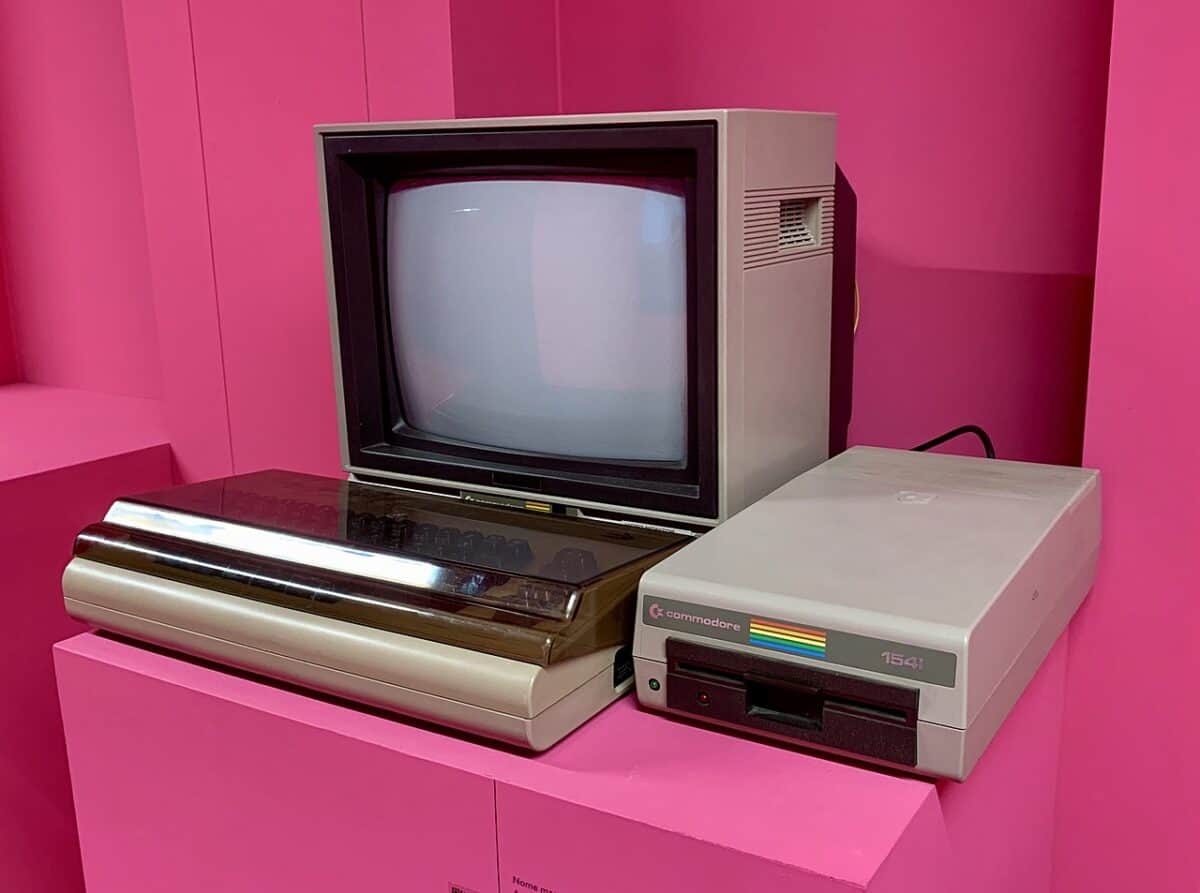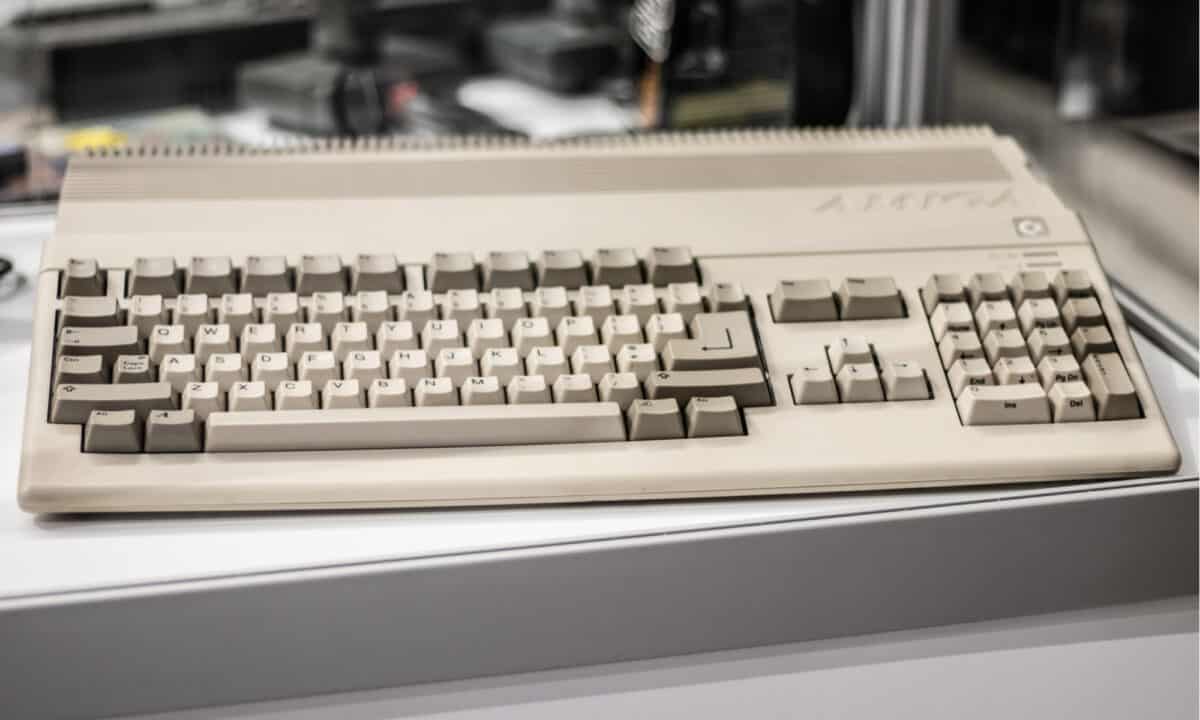What factors are driving the retro computing revival? While hardware is more powerful than it has ever been, there is a small contingent of computer users leaning on devices from the 1980s to 2000s. While most of us have moved on, these nostalgic computing enthusiasts might just be on to something. Without further ado, let’s explore the why.
Why the Revival?

When you consider the leaps and innovations in computing from the 1980s to the modern day, it seems almost dizzying. We went from 8-bit processors to 64-bit processors in 20 years. If you told someone in 1983 that they’d be streaming video from a device the size of a pocket calculator, they’d look at you like you grew two heads.
However, there is something unspoken about these old machines. In many cases, these machines have been taken apart at nearly the molecular level by the communities surrounding them. This isn’t just a localized phenomenon in the United States either. Computing enthusiasts in Europe and Asia have embraced machines like the Commodore Amiga, Atari ST, and Sharp 68k well past their shelf life.
An Open Market

Amiga 500 keyboard
In computing, there is the concept that calls to mind open spaces versus curated experiences. We typically call it the open market and the closed bazaar. Now, for some, the wide-open nature of these retro machines invites great creativity. Consider for a moment that you know the full limitations of a piece of hardware.
Now, for most working professionals, you would just upgrade if needed. However, for retro computing enthusiasts, this isn’t the case. This is less a shortcoming, and more a challenge. Limitations breed creativity for some, and that seems to be the overwhelming case with the retro computing boom.
Modern Design Meet Retro Aesthetics

When you have 40 years of combined experience pooled together, that is a great font of knowledge to pull from. However, there are some things to keep in mind. Firstly, we have the advantage of modern software practices adapted to ancient platforms. As such, new projects can run leaner and cleaner than a kid programming in BASIC in their bedroom circa 1983.
Further, these limitations encourage clever workarounds while still embracing modern software development principles. You can see inklings of this in the likes of Raspberry Pi’s userspace. However, we’re still seeing modern software and games developed for the likes of the Amiga, Commodore 64, and even old Apple IIs.
Conclusion
The retro computing revival doesn’t have a pinpoint cause. Nostalgia is a powerful thing when you get down to it. However, in many cases, the people embracing these old machines weren’t alive for their heyday. While old seasoned users are certainly around, this new wave of retro computing enthusiasts is keeping things alive well past their shelf date.
The image featured at the top of this post is ©Taner Muhlis Karaguzel/Shutterstock.com.

